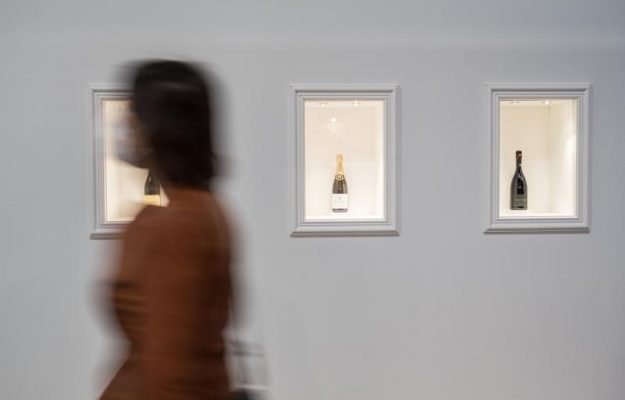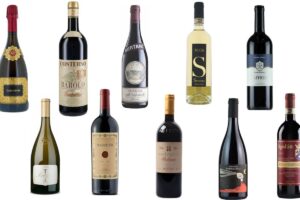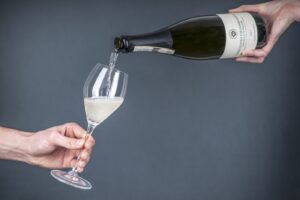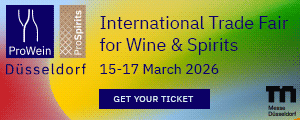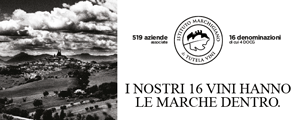The wine market in modern distribution, in 2021, showed positive trends, closing the year with a total turnover of 3 billion euros, growing by 2.1% in value, despite a drop in marketed volumes of 2.2% (as already reported, in the last days, by WineNews). But the outlook for 2022, obviously, is complex, due to the increase in prices that the supply chain has begun to suffer, with the pandemic not yet completely overcome, and the Russia-Ukraine conflict that has changed the world scenario.
This topic was analyzed at Vinitaly 2022, during the round table involving representatives of the most important distribution brands, such as Conad, Coop and Carrefour, and the supply chain represented by Federvini and Unione Italiana Vini (UIV), starting from data of the Iri study.
The price of wine bottles in supermarkets, in fact, will certainly increase because of the inflationary storm, but we will have to wait for the post-Easter statistics in order to understand the extent of the increases. Modern distribution will try, however, to minimize the expected increases because it considers this category strategic. Already in the first months of 2022, it has avoided adjusting shelf prices by reducing the average discount for consumers, thus recovering part of the marginality.
“We all pay for the price increase - explains Francesco Scarcelli, head of Beverage Coop Italy - first and foremost the producer, who has the living costs. The consumer pays for it, who for other reasons has already seen his purchasing power lowered, and we in the distribution sector are also affected, because all the margins in the supply chain are adjusted. Today volumes are already down: the reason we all expected was the numbers linked to the increases of the year before, as a counter-factual, but no one expected the Russia-Ukraine conflict, which is making the situation worse. We are still not fully passing on the increases received to the sales price, so when it happens, indicatively after Easter, we will probably have an even more significant contraction in volumes”.
“It is certainly a difficult time - argues Gianmaria Polti, Beverage Manager Carrefour Italy - in which we have had inflationary increases towards the end of 2021, linked to the distribution chain and goods procurement, and an increase in part on some types of raw materials, but at this time making forecasts is very very complicated. Indeed, the conflict in Ukraine has led to an unexpected and unpredictable world situation. But we are also waiting for clarity from the producers: to date they have communicated increases, but we still have no idea how or when this increase will take place. And if it will happen. We are waiting to better understand a truly complex scenario”.
The drop in sales, recorded in the first months of 2022, must not, however, be misleading: 2021 started off very well for the modern distribution channel, favored by a semi-lockdown (the comparison with the same period of 2022 is, therefore, misleading). The modern distribution channel not only confirms its primary role in terms of volumes, therefore, but continues its constant upward qualification, selling more and more bottles with denomination of origin, at an increasing average price. For future strategies - both concerning the composition of the shelf and the definition of prices - this channel will need the maximum collaboration between wineries and distribution companies.
“We need sharing and cooperation between producers and trade, a real supply chain from vineyard to table - specifies Benedetto Marescotti, Caviro marketing director and representative of Unione Italiana Vini (UIV) - because we can face the current inflationary crisis only in transparency, to guarantee the production sector, distribution and certainly not least, consumers”. A point of view shared by Mirko Baggio, Federvini representative (and responsible for Italian large-scale distribution sales of the Polegato family’s Villa Sandi winery): “after Easter, inflation will be felt in the wine and sparkling wine sector, but the strong growth that types in the premium category had in 2021 bodes well and makes us think that a repositioning of the whole sector is necessary to compensate for the high increases in raw materials for wine and dry materials”.
In the meantime, however, the present is photographed in the Iri numbers illustrated by Virgilio Romano. Consumers seem to prefer on the shelf more and more 0.75 bottles with denomination of origin on. Their average price continues to grow: 5.55 euros for a 0.75 bottle in 2021 (with an increase of 4.1% over 2020), for an overall value of almost 1.5 billion euros. The average prices of the bottles that appear in the special Iri ranking of wines with the highest growth rate are indicative of the trends: a bottle of Lugana costs 7.42 euros, Amarone 17.68 euros, Valpolicella Ripasso 7.22 euros, Nebbiolo 6.70 euros, Sagrantino di Montefalco 9.35 euros; Brunello di Montalcino 20.44 euros, Lagrein 7.18 euros. “It is also true that a supermarket is not a wine shop and, therefore, works on large volumes - underlines Iri - but even the most sold wine in the Italian modern distribution, Chianti ticks an average price of 4.09 euros per bottle, for a total value of 83 million euros”.
Bubbles should be considered separately: in 2021 bubbles increased in volume by 17.9% and in value by 20.0%, a success due to their overbearing entrance in the ritual of aperitifs, to the increasing appreciation of young people, and to the clearing of their role as table wine. It will be necessary, also in this case, to wait for Easter’s data, an important occasion for bubbles, in order to understand whether such remarkable performances will be, at least in part, maintained.
The growth of bubbles is certainly driven by the exploit of Prosecco, but also Moscato, Fragolino, Asti and Brachetto are selling well. It should also be noticed the increasing phenomenon of sparkling wines, very appreciated by consumers: Vermentino, Passerina, Negroamaro, Garda, Falanghina, Grillo, Ribolla, Pignoletto, Muller Thurgau, Novebolle (Romagna doc), Pecorino, Gewurztraminer, Fior d’Arancio (Colli Euganei doc) and others.
Copyright © 2000/2026
Contatti: info@winenews.it
Seguici anche su Twitter: @WineNewsIt
Seguici anche su Facebook: @winenewsit
Questo articolo è tratto dall'archivio di WineNews - Tutti i diritti riservati - Copyright © 2000/2026










